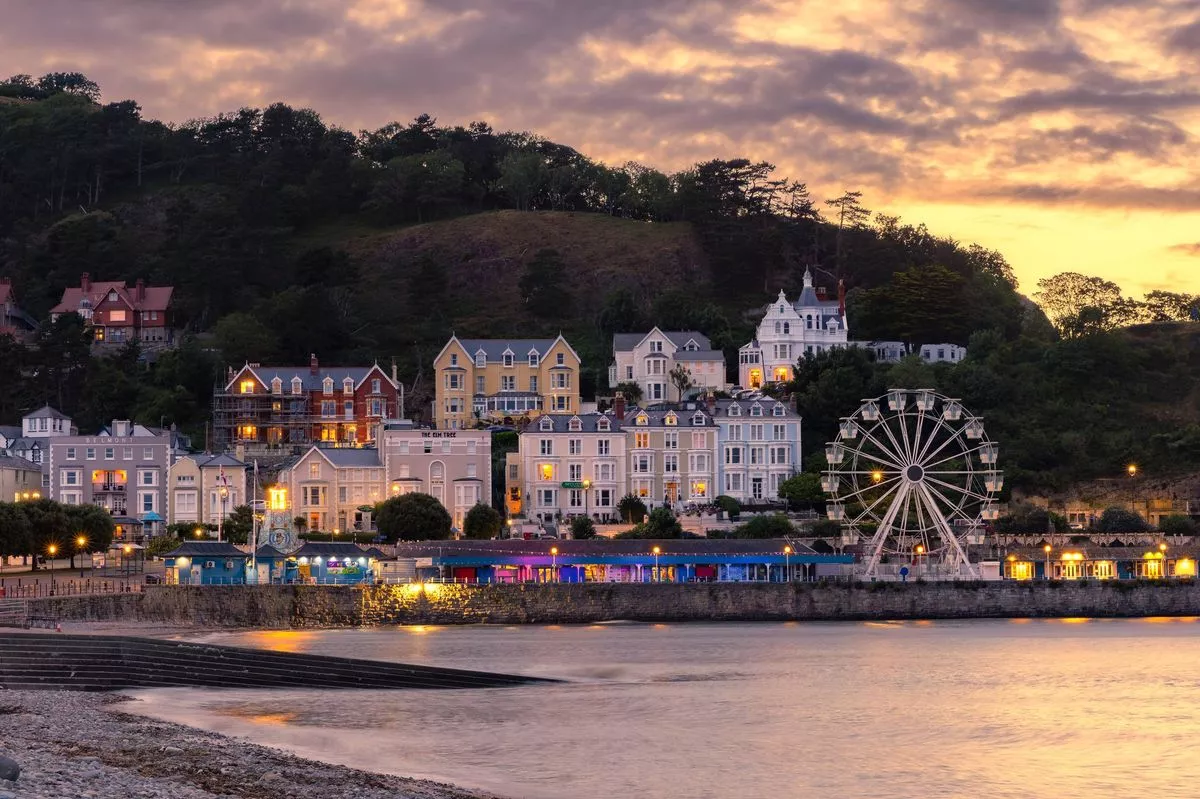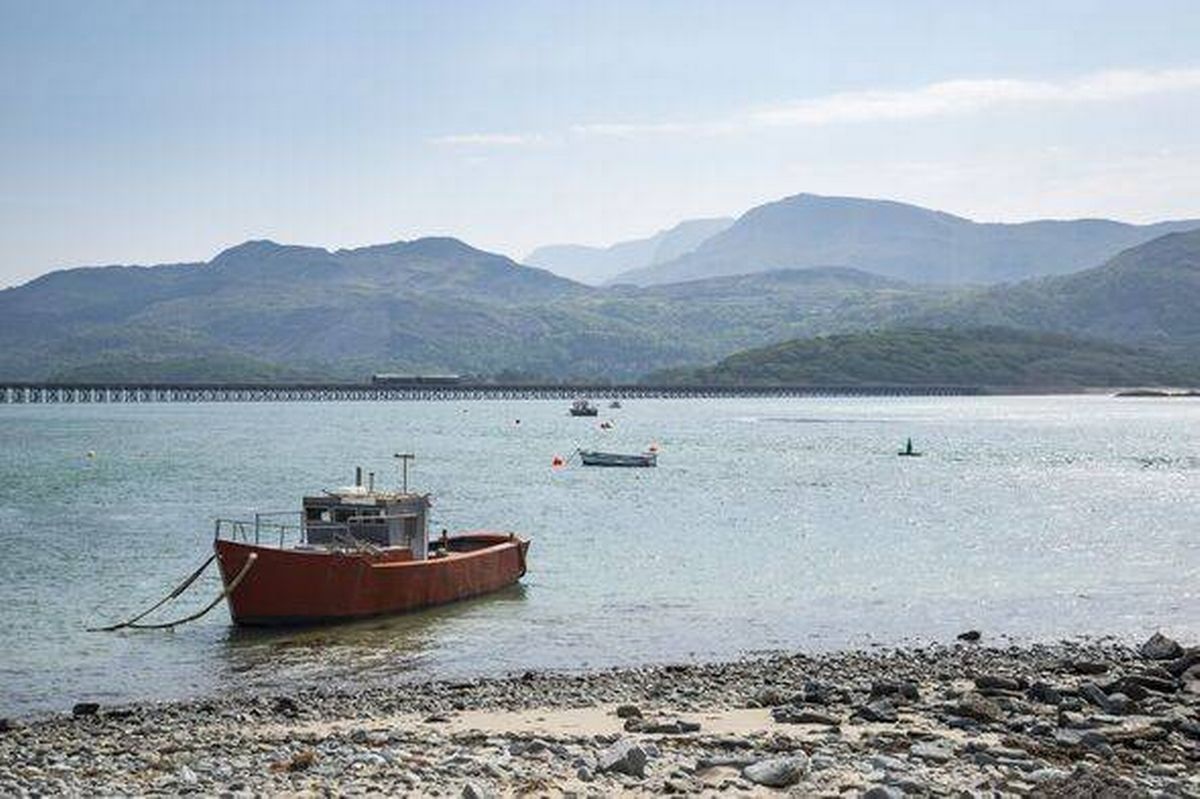The Victorian seaside town of Llandudno in North Wales has been attracting holidaymakers since the 1800s with its picturesque beaches, historic Great Orme clifftop and palm-lined promenade
This North Wales resort boasts an extensive history of drawing holidaymakers from across Britain, having secured the coveted title “Queen of the Welsh Watering Places”.
The Victorian seaside gem of Llandudno, with its rich heritage, is thought to have origins stretching back to the Bronze Age. These unique characteristics draw visitors keen to witness the stunning vistas of the Conwy Valley and explore the area’s captivating history.
Indeed, Llandudno has previously been recognised as among the most secure places to reside in Britain, home to roughly 19,700 lucky residents. Additionally, it’s far more budget-friendly to visit and stay in than many competing coastal resorts.
Two main beaches stretch across the shoreline – North Shore Beach and West Shore Beach. The northern section boasts an extensive promenade characteristic of any British seaside town.
Yet, what sets it apart from others is its palm-fringed pathway – evoking memories of a Mediterranean paradise. Tucked away behind North Shore Beach sits the Great Orme headland, offering an adventure on the Great Orme Tramway, carrying passengers to elevated viewpoints via cable cars.
One thrilled visitor said: “The cable car ride was amazing; for the length of the journey, £14 per return (this was the price in 2024) is pretty reasonable. The views are stunning, and you can see for miles on a really clear day, which we had.”
On the West Shore, tucked away on the opposite side of the town, visitors can soak up sweeping vistas of the Snowdonian peaks. One TripAdvisor reviewer says: “One of my favourite beaches anywhere: unspoilt, dog-friendly, free of kiosks and vendors – just sea, rock and sand. Stunning views of the Great Orme. Lots of parking.”
The delightful seaside resort of Llandudno possesses a fascinating past spanning from the Stone Age right through to the Iron Age, with countless communities established over centuries on the slopes of the limestone promontory, more commonly recognised as the Great Orme. This headland draws tourists from across the region and beyond, providing a four-hour hike packed with spectacular scenery.
The Victorian seafront, lovingly dubbed The Parade, alongside the famous pier represent two of the resort’s most treasured features, both constructed in 1877. Following major renovations, the pier has secured recognition as among Britain’s finest.
One holidaymaker described their pier adventure, explaining: “Excellent pier experience. A Punch and Judy, plenty of arcades, hair braiding/colouring, a good walk, fun stalls and a cafe with a wonderful lady singer belting out Amy Winehouse numbers. There’s even a little display of historical photos to show when the pier was used for the ferries. Well worth a visit.”










